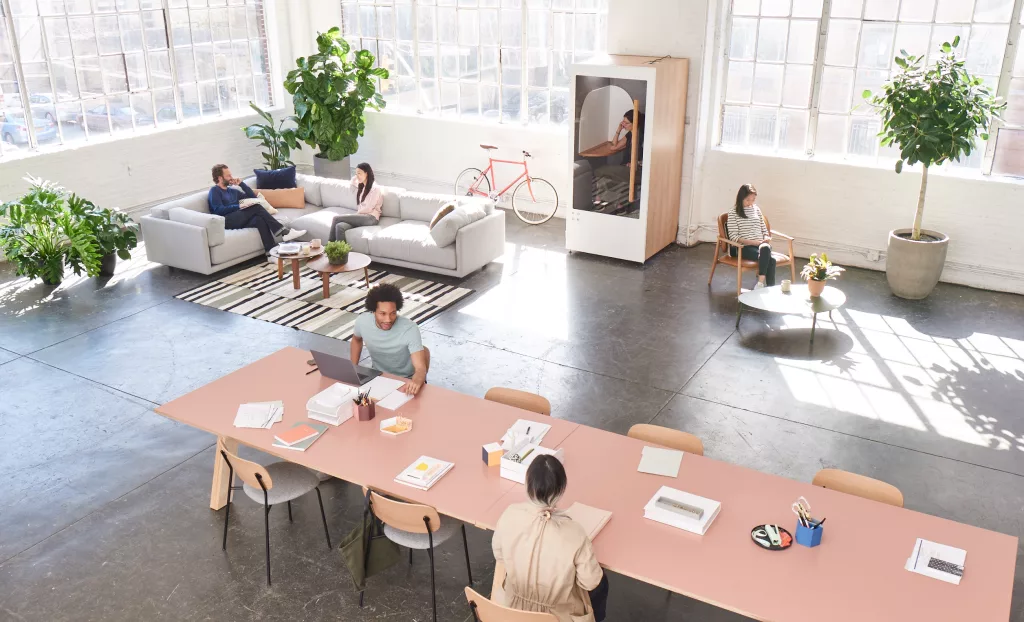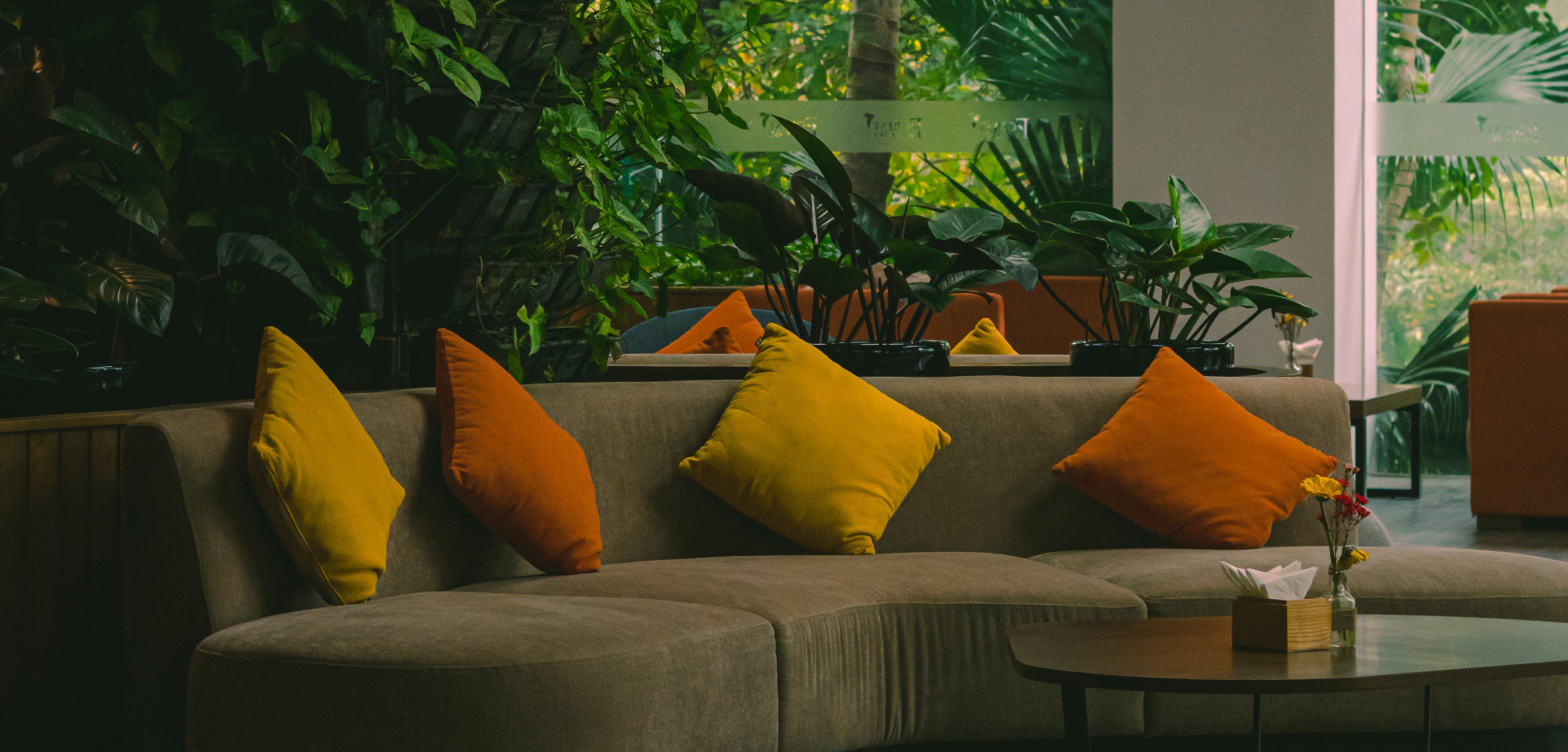Great office design in the new year will be about attention to detail.
In 2024, it’s the details that will matter the most at work.
We’re not talking necessarily about an office’s paint color or the texture of the carpet. But rather the small things like whether your office is welcoming, if the couches are comfy, whether technology there works better than at home, whether there’s a quiet space for that call or whether there are actually other people there.
“The next level of workplace innovation is not a journey outward. It’s a journey inward,” says Lenny Beaudoin, global head of workplace and design at commercial real estate firm CBRE. “It’s the practical things that matter.”
Instead of undertaking huge office redesigns in the new year, more companies will be focusing on making the office easy, flexible and inviting to employees—and ensuring there are enough people there to make it feel worthwhile and vibrant.

Taylor Friehl, Unsplash.
Expect the office of 2024 to look and feel more like your home or a hotel. “So instead of having a corporate environment, organizations will be bringing some of that residential or hospitality feel into the space to draw people back with amenities they can’t get at home, says Karin Taylor, director of interior design at Quorum Architects in Fort Worth.
To do this, employers are taking a page from the hospitality sector and booming social clubs, and they are thinking deeply and holistically about the employee experience and how the places where people work can support that experience. It’s about embracing the ethos of service for employees in a very detailed way and about providing things that create delight in those workers, says Beaudoin.
They’re focusing on the small things in the office, as well as how to offer a space that combines work, wellness, socialization and culture. That may be adding special fitness classes or chair massages, ensuring there is comfortable soft seating and lots of greenery and plenty of light. They’re taking cues on whether there are enough conference rooms and private phone booths and whether conferencing technology is easier than home for hybrid meetings.
“It’s strategic thinking about what we are asking employees to do and how we support them doing it,” Beaudoin says.
People will be another key amenity inside offices. There must be enough people at the office to make the commute worthwhile and the collaboration, social connections and innovation really pop. But there must not be so many people that it’s loud and distracting, Beaudoin says.

Companies are offering incentives and even mandates to get people back to the office and they’re even rewriting job descriptions to incorporate time there as a chief job expectation, says Beaudoin. That said, space planning will be increasingly important to ensure the right number of people are in the office. Companies will continue to analyze space and how it’s allocated, how people are using the space, how they want to operate and how much an organization will need in the future. They’re shrinking the footprint of those office spaces and constraining the number of seats they provide so that people who do come back feel like it’s a more vibrant place, says Beaudoin. When done properly, space planning has been shown to boost productivity, stability and happiness.
2024 will also be the year of flexibility, as employers ensure that not only do employees have work flexibility but that office design incorporates multiple uses of space. Modular architecture is taking off inside pre-built executive suites and coworking spaces and corporate headquarters, allowing those companies to quickly and efficiently redesign an office and iterate without expensive, time-consuming and wasteful construction projects.
Beaudoin predicts that going forward, workspace will also be “co-habituating” with other building uses, such as hospitality and multi-family residential. There’s been an uptick in innovative thinking about the use of real estate at the neighborhood and city-wide scale, he says. “Workspaces will increasingly be mixed in with other uses to support healthy cities,” he says.
Thanks to the pandemic, employers no longer see their real estate as simply a cost liability. They see it as a valuable asset, which when designed with employees in mind, can drive wellbeing, innovation and organizational productivity.
Organizations, Beaudoin says, are starting to be really honest about their intentions about what employees value and what they want their experiences in the office to be. Sometimes, that inviting office design is as simple as having good coffee and good people to meet you at the door. Says Beaudoin: “It’s all about being deliberate.”
